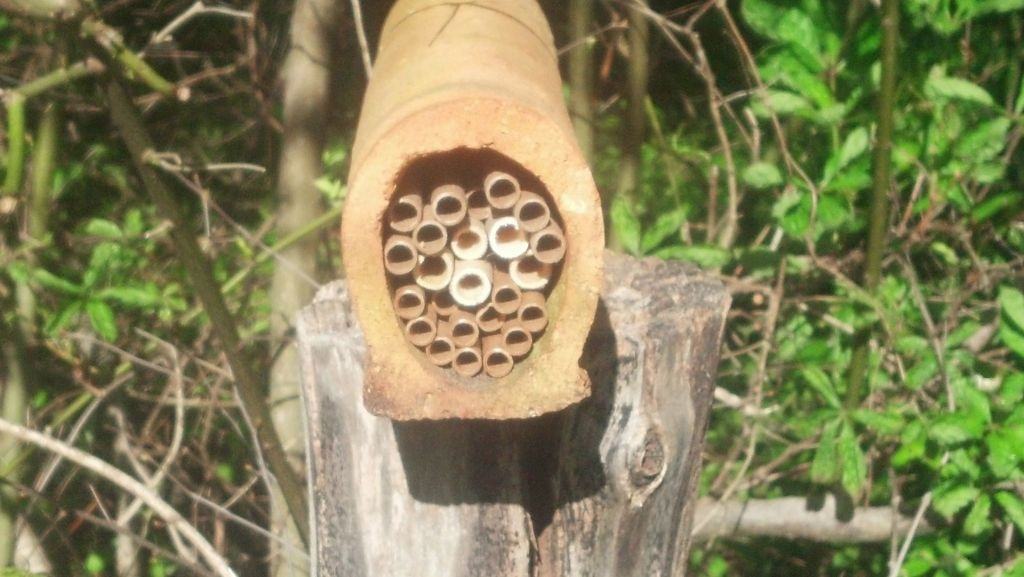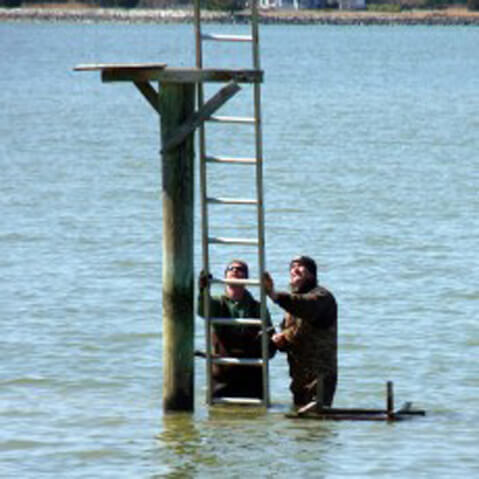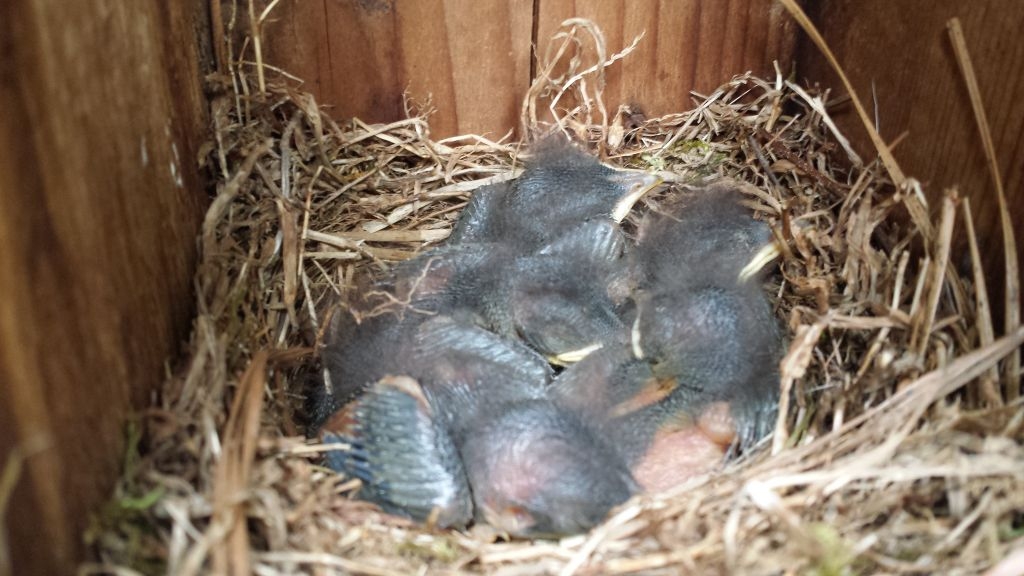
Barnstable Hill
May 5, 2014Bird Community Response to Filter Strips in Maryland
September 12, 2014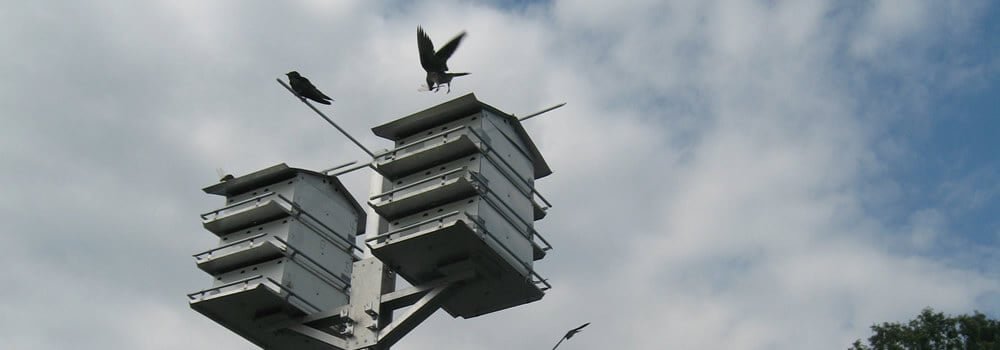
CWH uses martin houses with an entrance compartment that keeps the nestlings safer from predators and bad weather in a separate compartment.
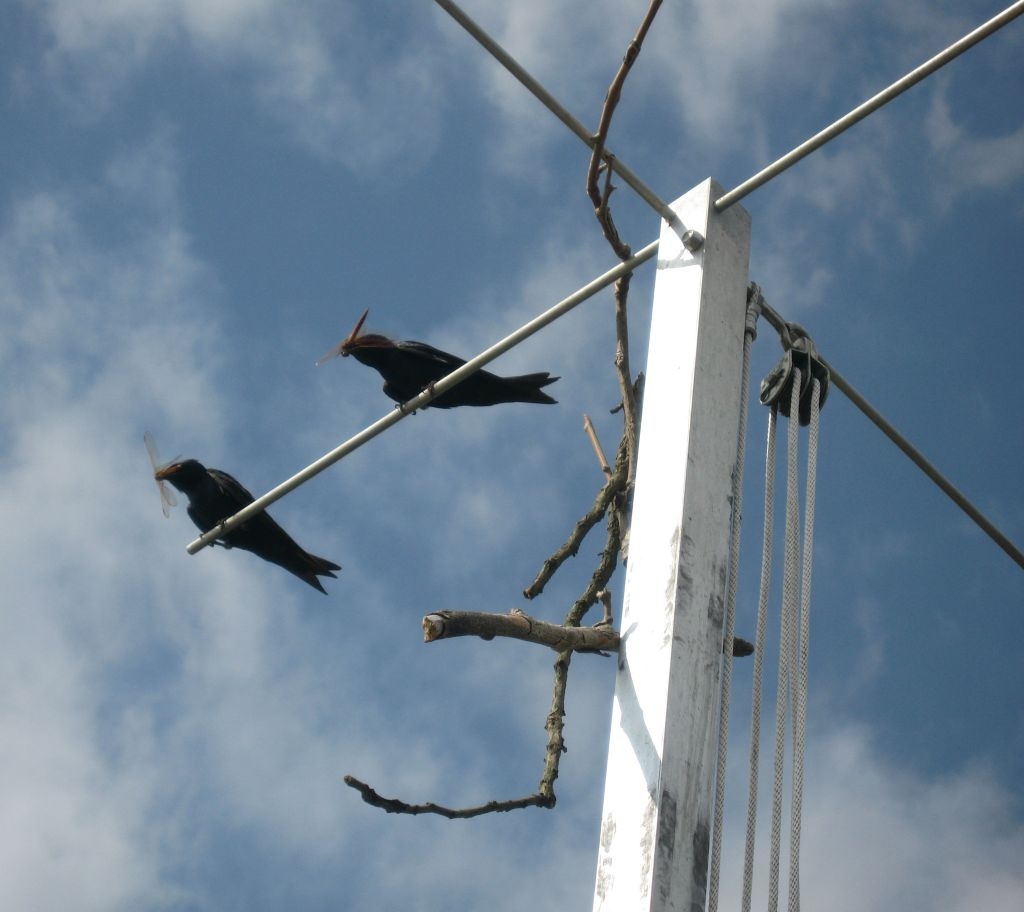
ENGLISH HOUSE SPARROW
Huge balls of grasses, weeds or trash, with the opening on the side of nest. Some include feathers, hair or string. Nests are noticably messy. Eggs are a white to greenish white with a slight gloss and dotted with grays and browns. 3-7 eggs, commonly 5.
REMOVE THIS NEST!

Picture Courtesy of Peterson Field Guide Eastern Birds’ Nests
CAROLINA WREN

Bulky mass of leaves, twigs, mosses, rootlets, weed stalks. Generally domed at top with side entrance, lined with feathers, leaves, moss, hair. Smooth eggs with little or no gloss are white to pale pink typically marked with brown spots, concentrated at one end. 4-8 eggs, commonly 5-6.

TUFTED TITMOUSE
Bottom of nest lined with bark strips, deciduous leaves, moss and grass. Nest “cupped” and lined with hair, fur or bits of string or cloth. Eggs are creamy white, evenly speckled with small spots often concentrated at larger end. 4-8 eggs, commonly 5-6.
Picture Courtesy of Peterson Field Guide Eastern Birds’ Nests
Field Guide Eastern Birds’ Nests

TREE SWALLOW
Nest is accumulation of dry grass, hollowed in center or in corner, lined with feathers, often placed so tips curl over eggs. Eggs are pure white and smooth with no gloss. 4-6 eggs.
EASTERN BLUEBIRD
Characterized by loosely arranged fine grasses and weed stalks. The hollow in the middle for eggs is typically about 3 inches in diameter. Eggs will be pale blue to bluish white with an occasional white egg. 3-6 eggs, commonly 4-5.




